The 3 Types of Stand Up Paddle Boards You Should Know - A Beginner's Guide
There are three types of stand up paddle board construction methods you need to know if you're thinking about getting into the sport. Each type is unique and has its pros and cons. It's up to the paddler to determine what's best for them. The main difference explored in this article is the board's construction material or what it's made out of. The various materials perform differently on the water when compared to each other. This means that it is important to understand those differences so you can better assess which is most appropriate for you. The three main types of stand up paddle boards are:
- Epoxy Paddle Boards
- Inflatable Paddle Boards (sometimes called iSUPs)
- Soft Top Paddle Boards

Inflatable paddle boards are easy to transport and store.
The 3 Main Types of Stand Up Paddle Boards (SUP)
Paddleboarding is a great outdoor activity that can go from completely recreational enjoyment like flat water paddling or SUP fishing, to high-end athletics, like whitewater SUP or paddle surfing. Having the right paddleboard for the activity of choice is important. But remember it's you the paddler that has to decide what it is you want to do. Once you have that figured out you can better understand how each type of material could work for you.
Epoxy Paddleboards
Epoxy was the traditional material used in surf and paddle boards before all of the more recent advances in inflatable technology. It's just like a surfboard and the materials they are made of. Specifically, an epoxy board is usually made of EPS foam, many layers of fiberglass, and then a topcoat of epoxy resin.
Because of the stiffness of materials used in production, epoxy SUPs can be molded to help improve things like glide and tracking. This in turn makes them good for long distance touring. It also makes them good for surfing bigger waves.
However, epoxy boards have their issues as well. They are difficult to transport as they need a larger vehicle or racks to move and store them. They are also the least durable of the paddleboards as they can get scratches and dents easier than the other two. Because of their rigidity, they require lots of storage space.

The best air pumps allow you to adjust settings, which makes inflating your iSUP a breeze.
Inflatable Paddleboards
Inflatable paddleboards are growing more and more popular as the sport grows and the tech advances. They are the best boards to buy when it comes to storage and transportation because you can quickly and easily deflate them and roll them up. That also means they're the easiest to carry down to the water.
Many of them come with their own pumps, so all the paddler needs to do is pump the board up to the right PSI and then head out on the water to paddle. And although they are inflatable, these paddleboards are surprisingly strong and rigid. The better ones are made with drop-stitch technology and layers of high-density PVC. This combination of materials creates a sturdy, solid, and durable SUP.
The problem with an inflatable paddleboard is also one of its main advantages; it has to be inflated. That being said, companies have developed hand pumps that are far superior to the old bike pump you may be thinking of. And if you really don't want to take the time to manually pump your SUP for each use, you can store and transport it inflated or you can always purchase an electric pump to do the trick.

You can easily setup your iSUP if it has a Quick Lock fin set.
Soft Top Paddleboards
Soft top boards are similar to soft top surfboards. The front deck is made of a soft, sponge-like material that is durable and forgiving. While the surface is soft, these boards are still somewhat rigid. The core of the board is made of materials that give it stability and strength. This material is usually EPS high-density foam core that has a strong supporting spine that runs down the center of the board.
The benefit of soft top paddleboards is that they are affordable and easy on the budget compared to an epoxy SUP and they can take a real beating from careless renters. That makes them good for beginners or kids who might not necessarily stick with the sport. They're also soft and easy on the feet and knees just like an inflatable SUP.
The downside of soft top paddleboards is that they lack the performance you get with the other two. They are not maneuverable or agile like an epoxy or inflatable board. They also tend to be heavier, so transportation and lifting it on and off any type of rack will be a little more difficult. The other issue with soft top paddleboards is that they are limited in design compared to the other two types. They don't vary in shape which limits you to one style of paddling.

iSUPs are easy to transport, which makes them great for reaching those special destinations.
Of the Three Types of Stand Up Paddle Boards Which is the Best for You?
Picking the right paddleboard for your preferences, paddling activities, and budget will make time on the water all the more enjoyable. Take the time to think through what you plan to do with your SUP. Then review the different options out there and figure out which suits your preferences. It's not about right or wrong, it's about figuring out what you like. Now that you have a solid understanding of the three types of materials used in the construction of stand up paddleboards, ask yourself which suits you.


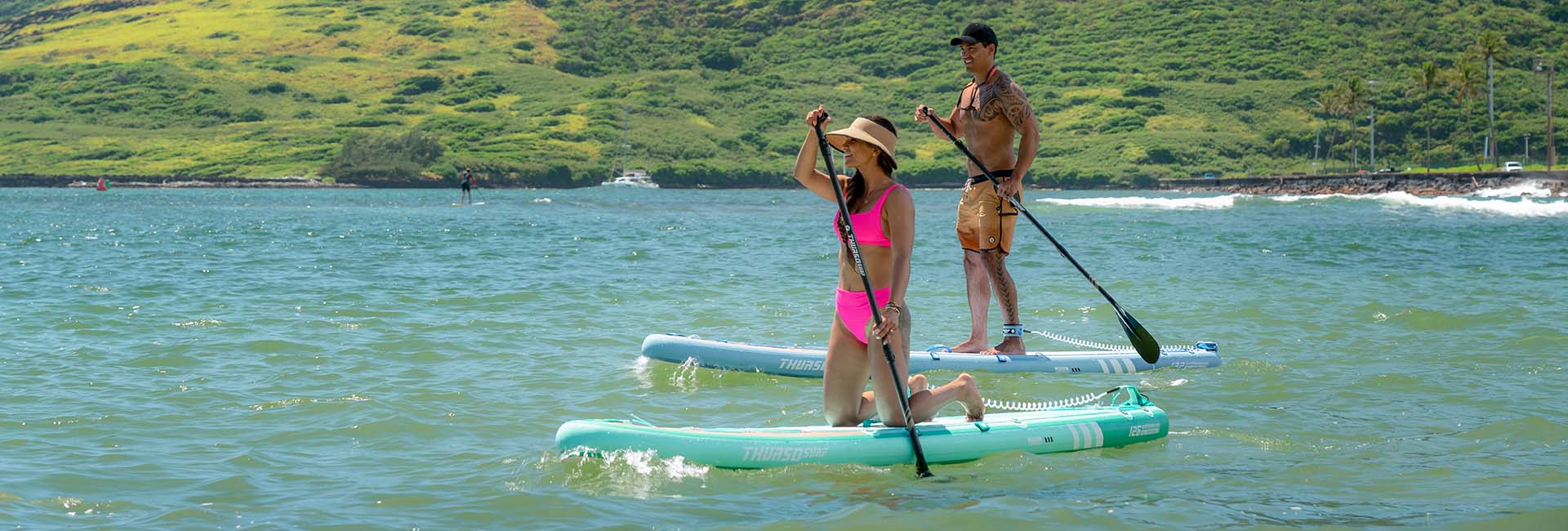
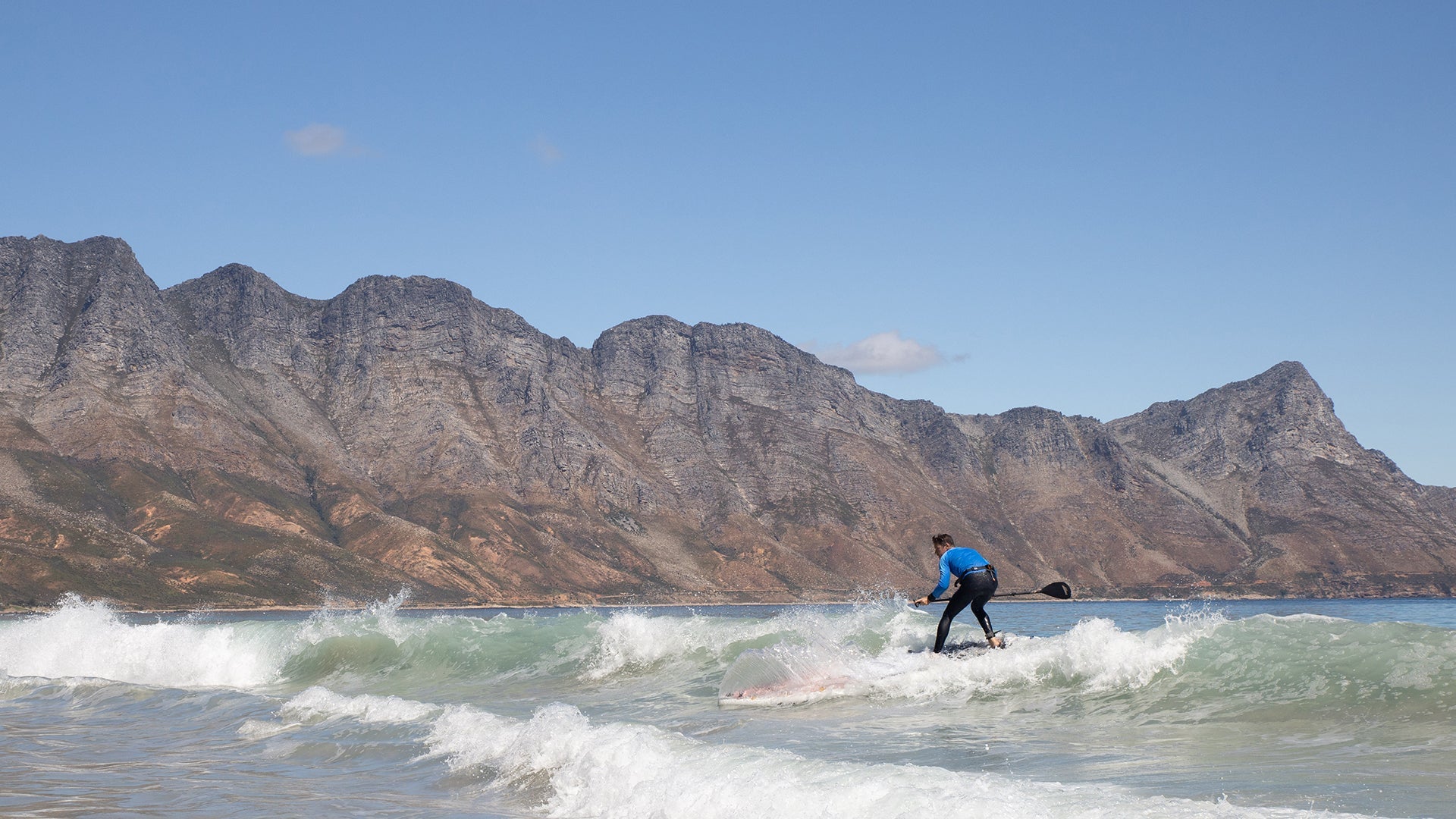
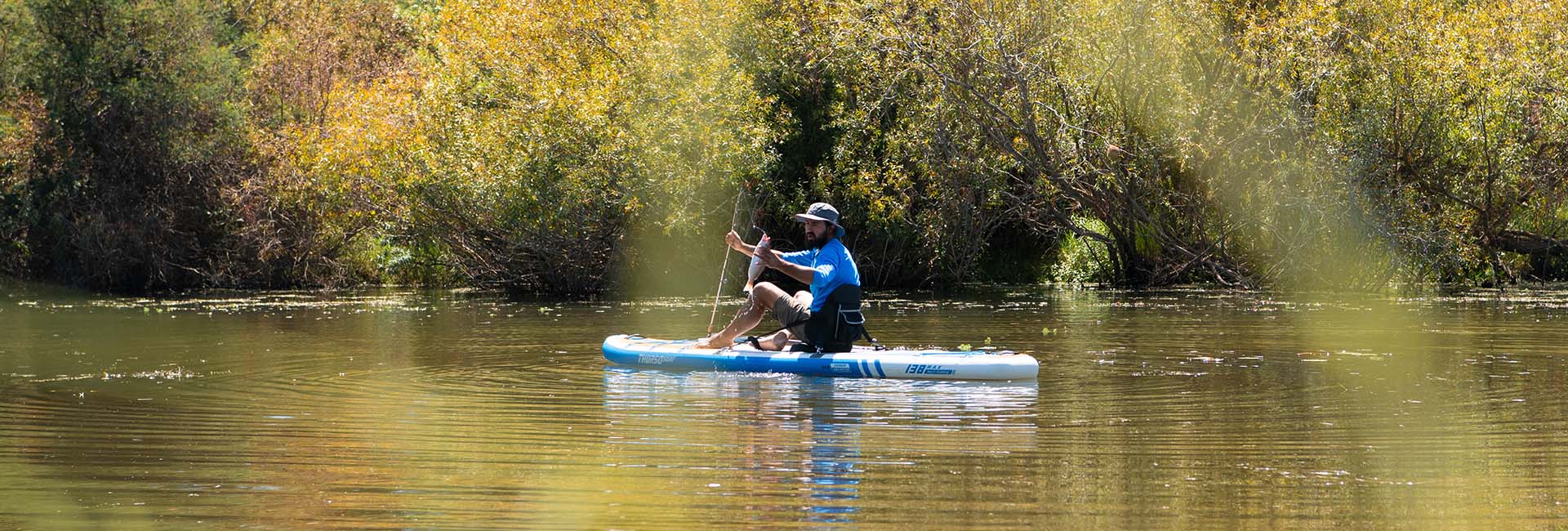
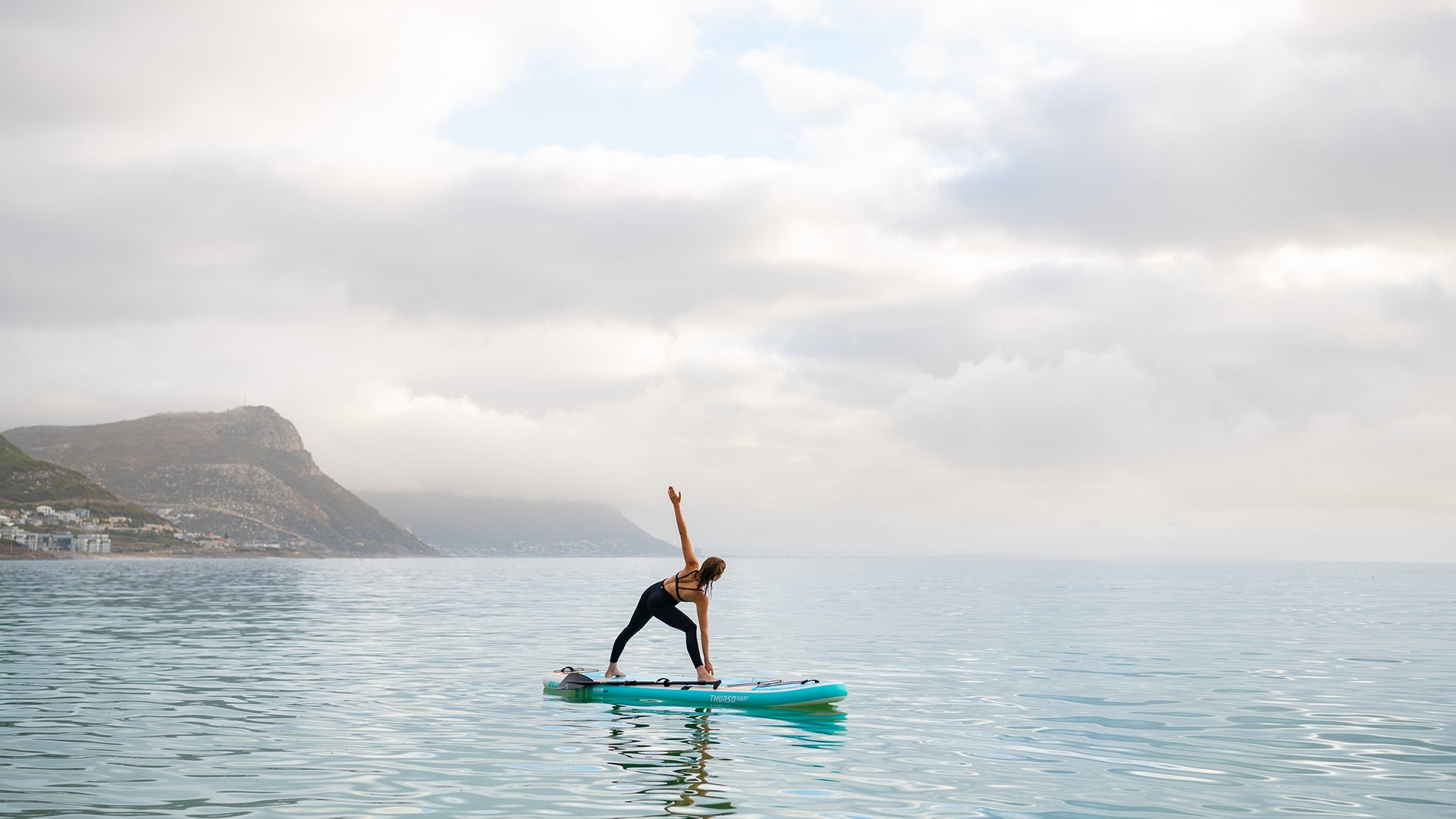
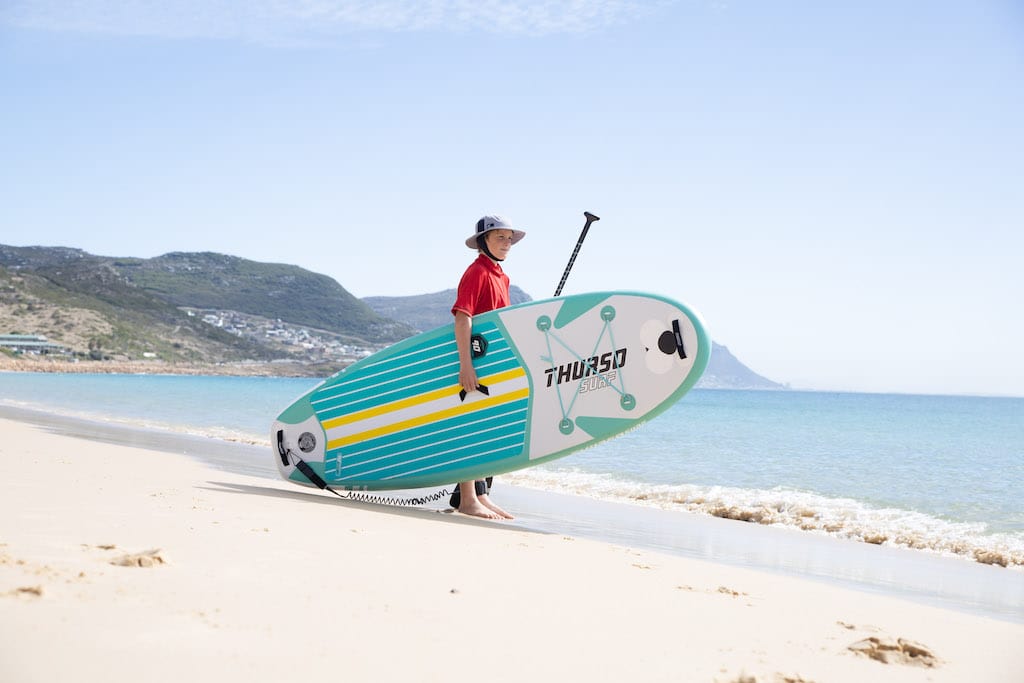
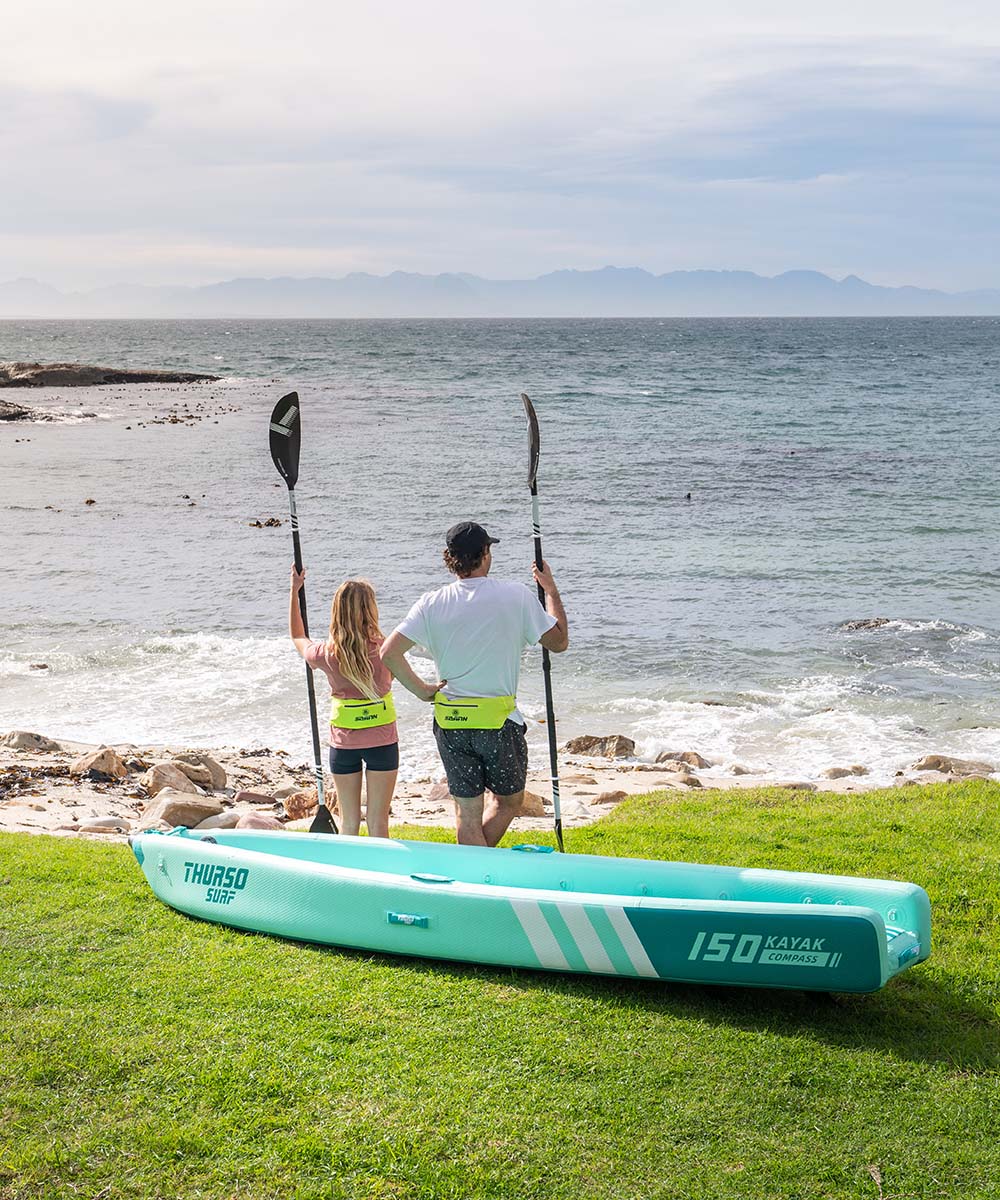
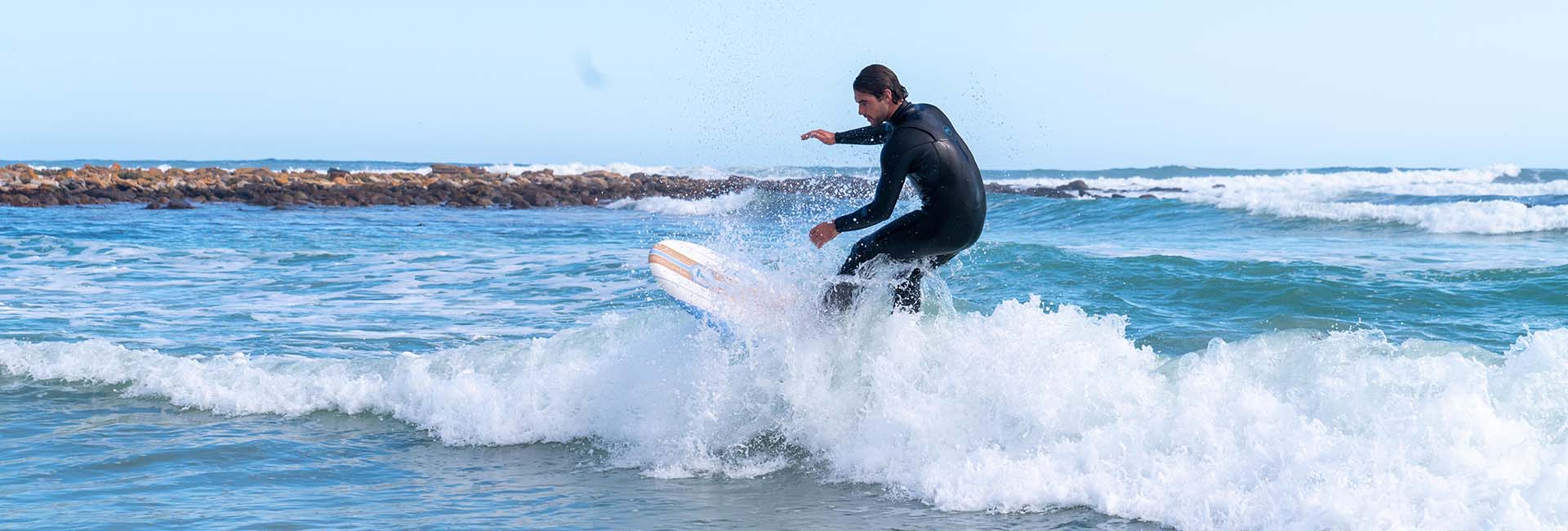
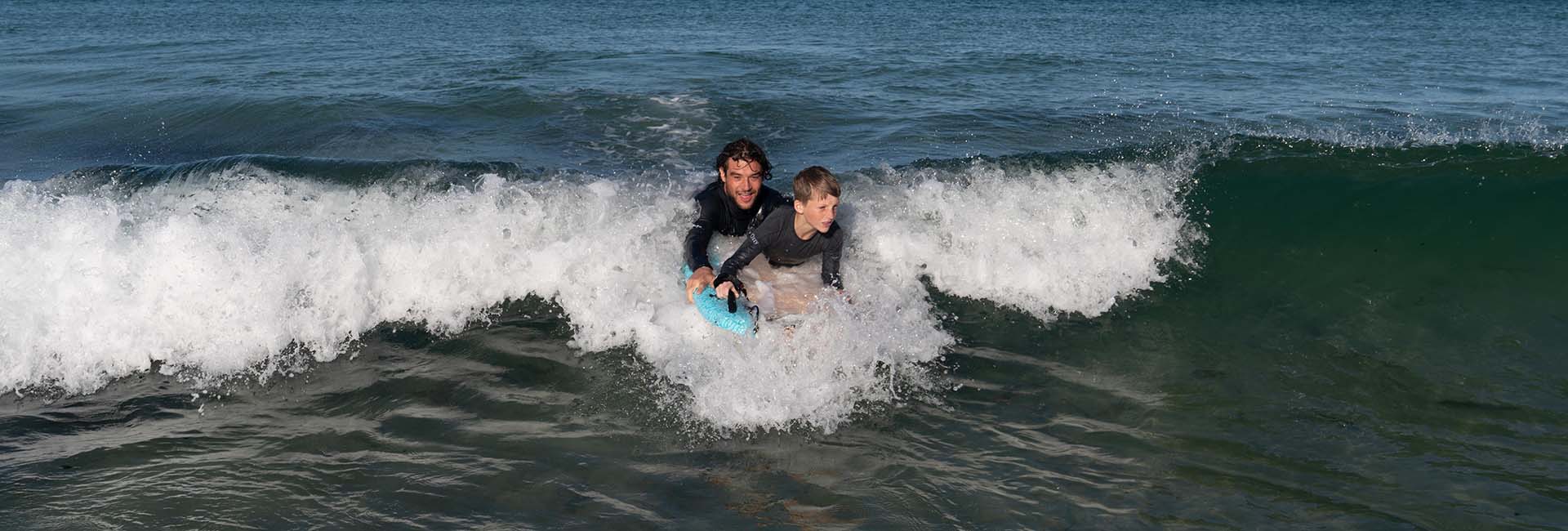
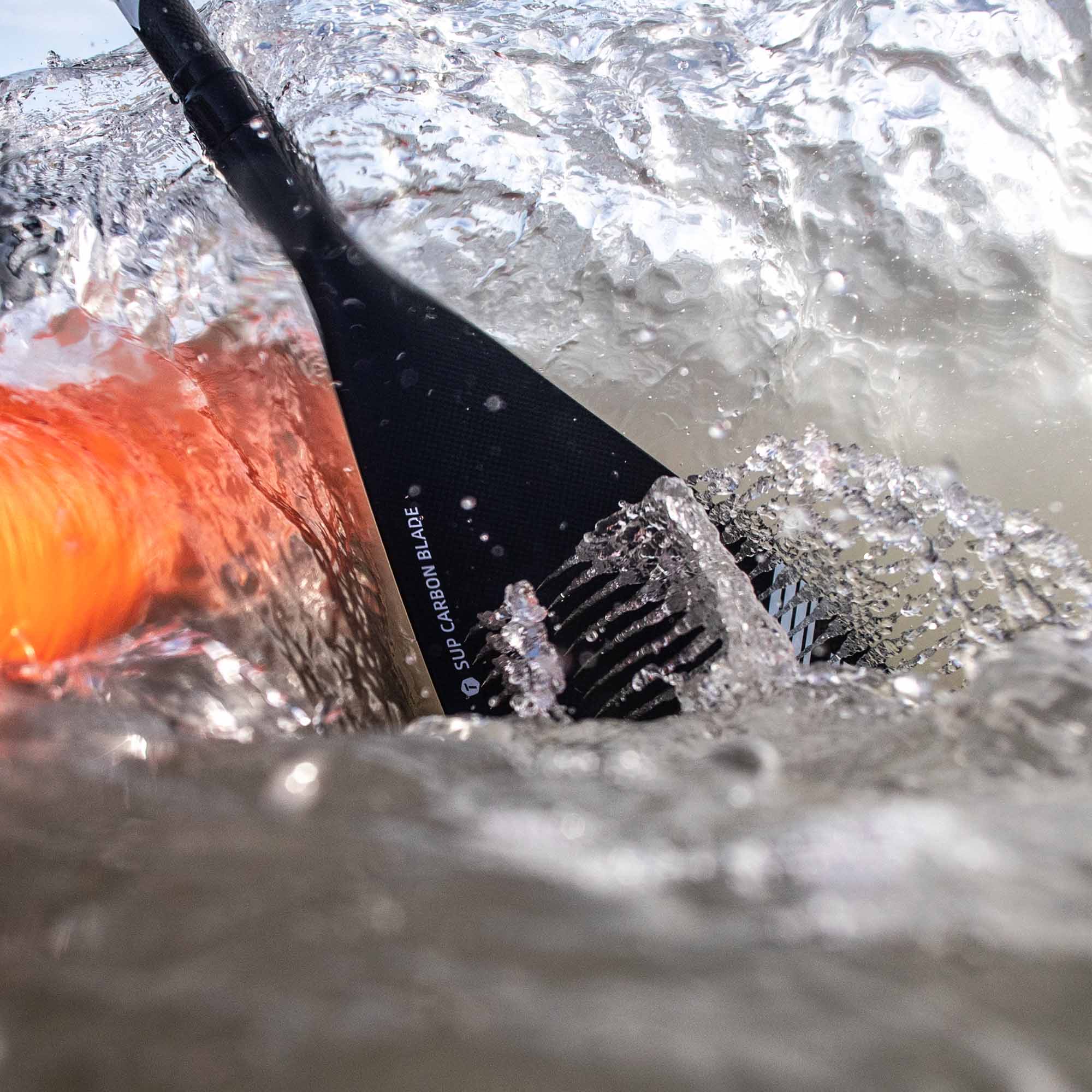
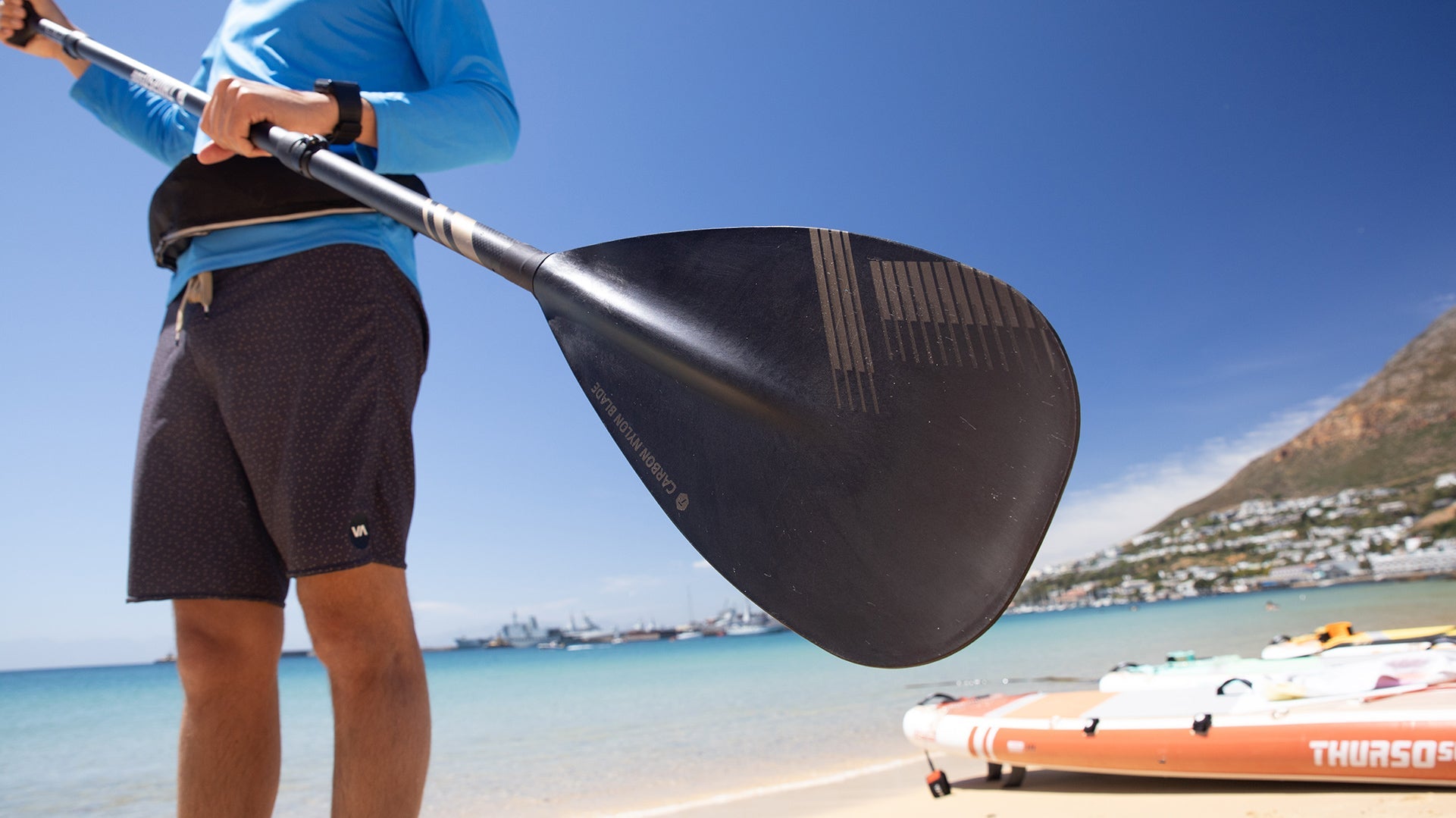
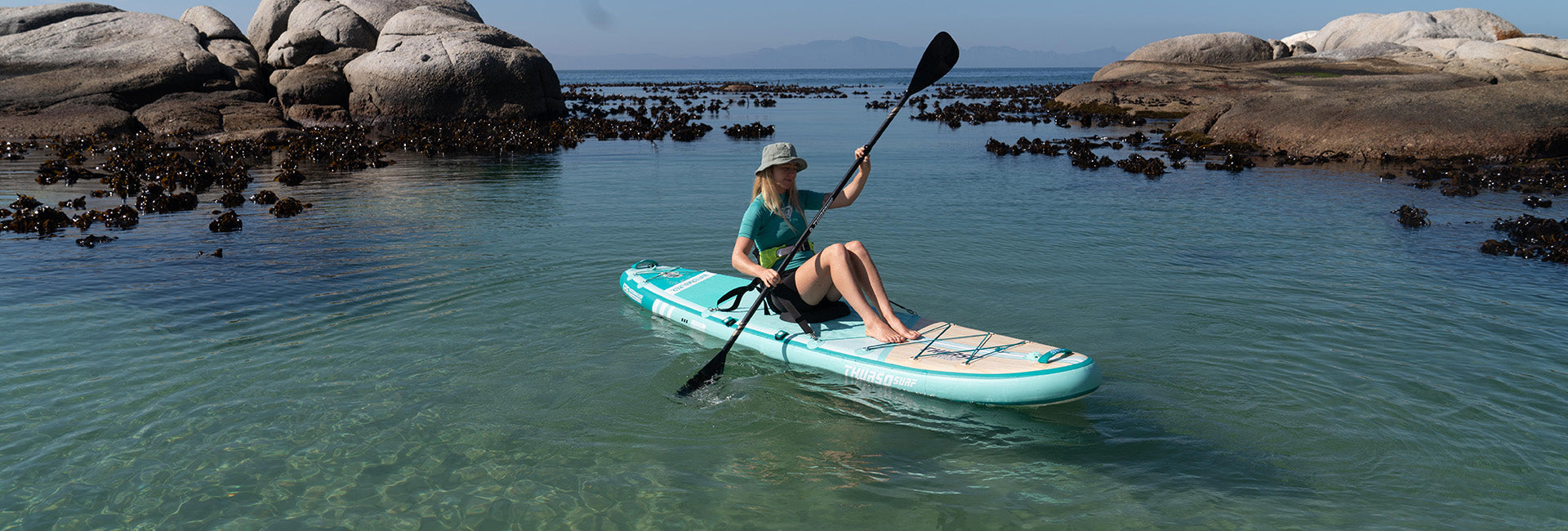

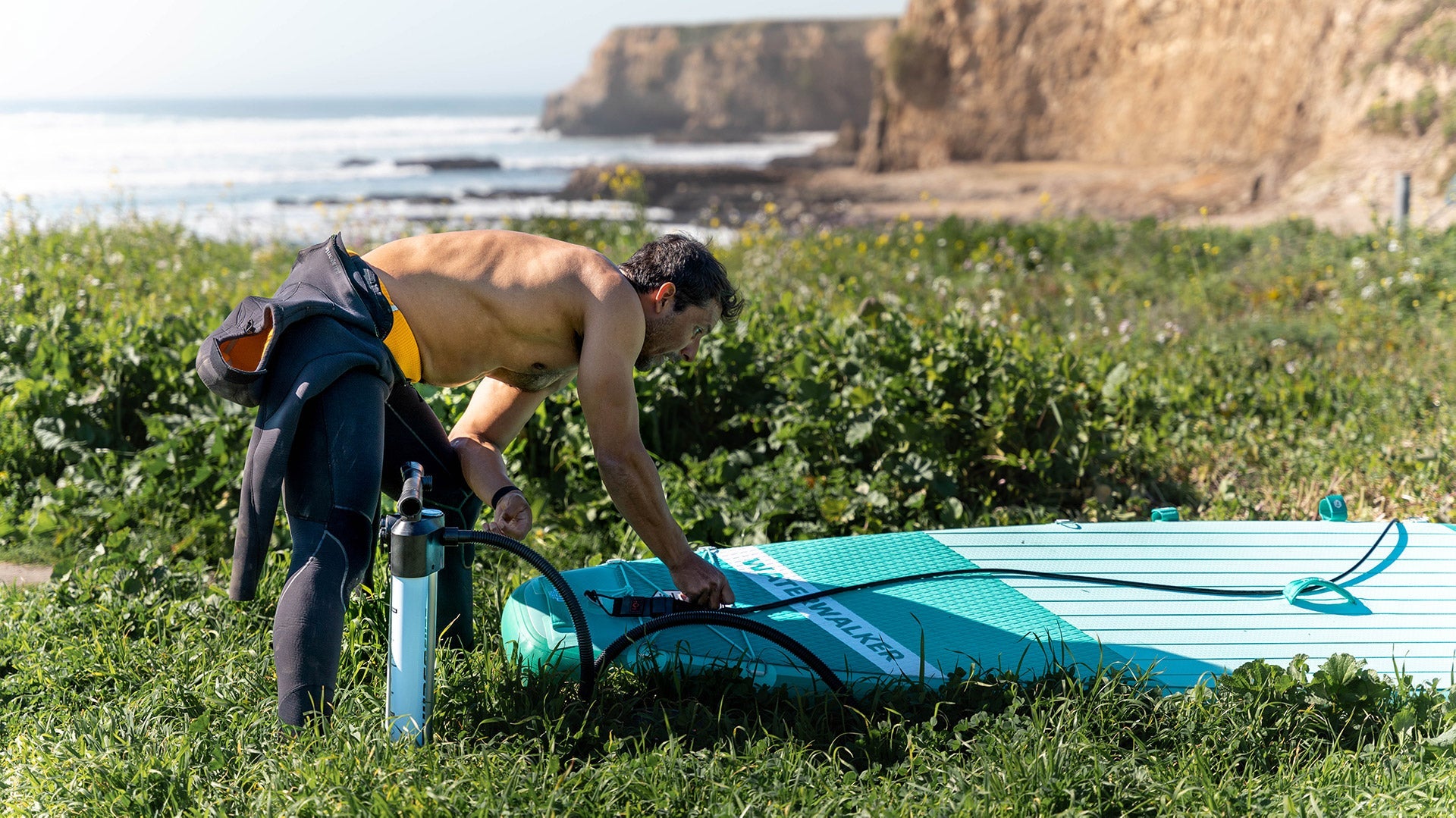
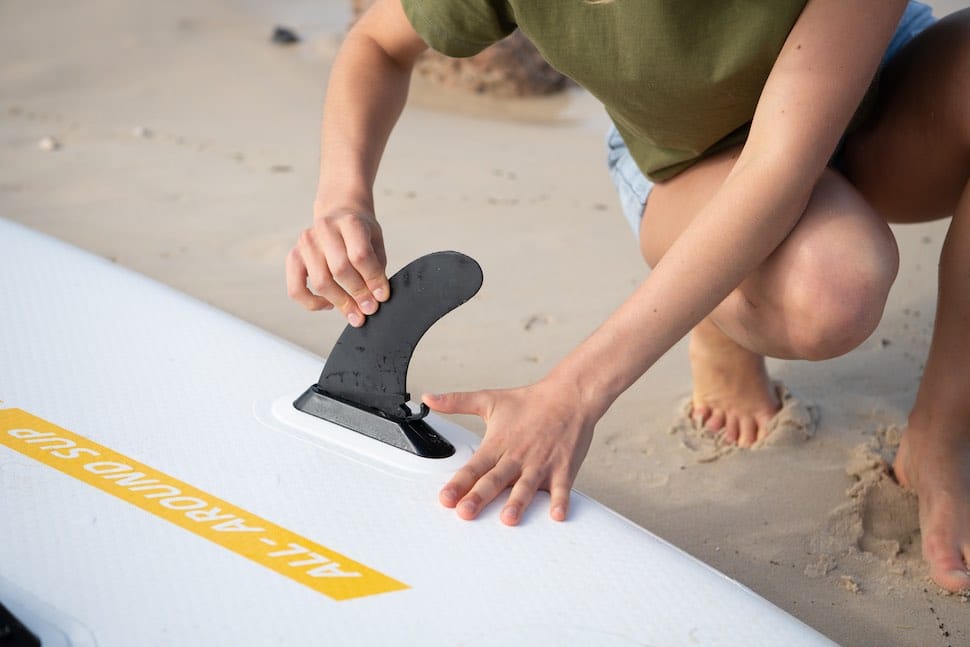



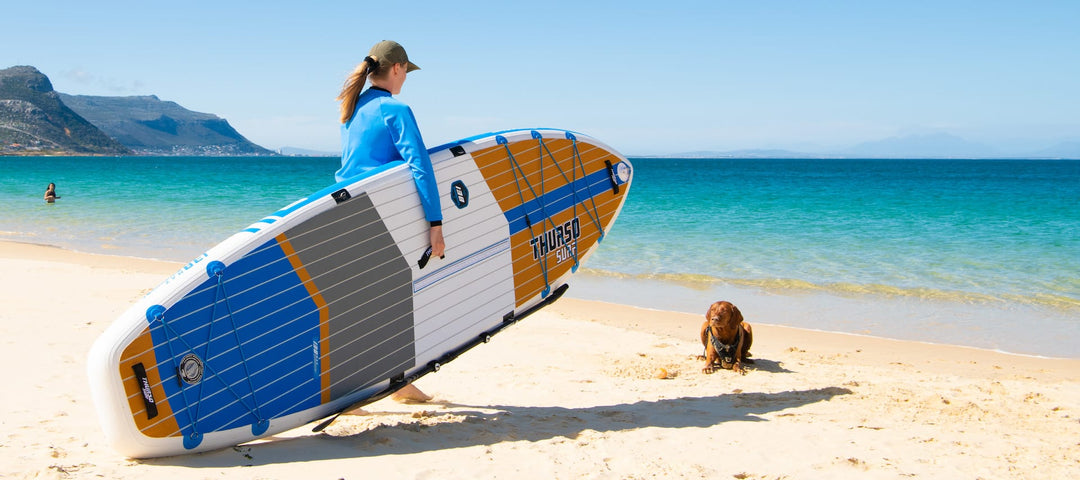


Sounds good Shammy! Hope you and your sister have a blast out there. Let us know how it goes!
It was nice that you said that soft-top paddleboards are easy on the budget and are affordable. This is something that I will share with my sister who is planning to schedule water activities with me next Sunday. We will be sure to consider your tips since we are planning to rent paddle boards that we can afford.
Stoked you’re digging it, Mel! Which type of board did you choose?
Best guide for buying the stand up paddle boards.
Hi Amy,
Yes, inflatable and soft top paddleboards are great for beginners! We hope you and your family have a great time out on the water on your vacation!
Cheers,
Jordan-na
Leave a comment